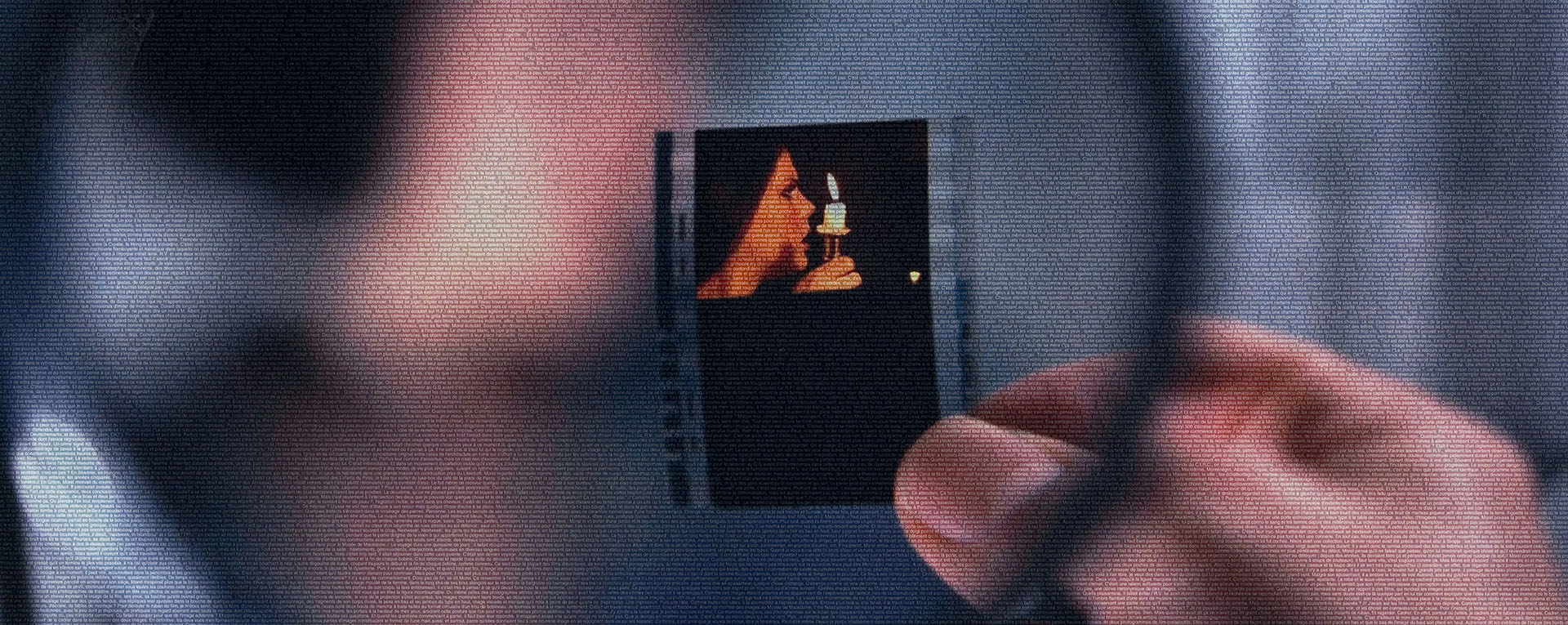Exploring the notion of reproduction, the exhibition “The Image and its Double” at the Centre Pompidou in Paris presents some sixty modern and contemporary works from the museum’s collection: the image steps off the beaten track.

You’re getting blind.
Don’t miss the best of visual arts. Subscribe for $9 per month or $108 $90 per year.
Already suscribed ?



